I grew up in France where the Summer Solstice is celebrated with “La Fête de la Musique” – which literally translates to “the Party of Music,” but is known internationally as “Music Day.”
Every year on June 21st, musicians take over the streets of every major city and little village to offer their sonic gifts for free. Most of these public concerts are organized by national and local governments, but anyone is welcome to partake.
The music ranges from local folkloric songs played on the accordion, to the thumping beats of techno. People dance with strangers on the streets and sip wine on the terraces. What I love most about it is that it's an inter-generational gathering with small children, teenagers, and elderly people. Music has the power to bring people together, especially when all sonic genres are represented.
What’s also special about the evening is that it’s a holiday that isn’t linked with a specific culture, religion, or politics. It’s based on the sun's cycle, marking the longest day of the year (in the Northern hemisphere). It’s incredible and also reassuring that in modern society we still hold on to some ancient pagan rituals that are in reverence of nature.
Cultures around the world and across the centuries have celebrated the summer solstice. It signals the return of light, the upcoming food harvests, a time for leisure and relaxation. But I believe we’re also celebrating a more symbolic transition, with the sun beaming rays of hope and possibility after a long dark season. It’s not a coincidence that most summer solstice rites involve fire to represent the sun and “to bless and purify the fields and ward off evil spirits.”
Historically, the solstice (summer and winter) was also a time when “social hierarchy was largely abandoned in favor of a level playing field for all classes.” During the shortest and longest nights of the year, rules were abandoned and moral restrictions were lifted.
It’s a time to let loose, to commune, and to cast a wish for a brighter future. Luckily, my last trip back home coincided with the festivities. I was reminded of the pure joy that music can provide, the need for community gathering, and the role of rituals.
For this Summer Solstice, I was curious to find out how other cultures welcome the first day of summer using all our seven senses – SEE, HEAR, SMELL, TASTE, TOUCH, BALANCE and ENVISION.
In Joy,
Sabrina
SEE
Flama del Canigó (Catalan / Spain)
Bonfires are used in many summer solstice rituals around the world, but they’re particularly dominant in Spain and Norway.
The fire of the Flama del Canigó (Canigou Flame) is carried out on the night of June 22nd to the Canigó mountain's summit, where a bonfire is lit. At midnight the fire from the flame is shared with those present, who then set off to spread it to hundreds of neighboring towns and villages through the Catalan-speaking territories. Everywhere, when the flame has reached its destination, a common message is read out to remind everyone of its significance.
By the next afternoon, the flame arrives in Barcelona at Sant Jaume Square in the center of the Old City. Representatives of each city district gather to carry out the flame to their own neighborhoods. The flame is meant as a symbol of Catalan unity.
HEAR
La Fête de la Musique (France)
I assumed “Music Day” was an ancient Summer Solstice tradition in France, but it turns out it was created in 1982 by Jack Lang, then Minister of Culture of France. When he joined the French government, a study was conducted that revealed that one of two young people played a musical instrument. Lang then dreamt of a way to bring people out on the streets, as he described to make “music everywhere and the concert nowhere."
Since then, the concept has spread internationally to 700 cities in 120 countries.
Video: Shot this little clip a couple years ago of a traditional dance on Summer Solstice, in my French Alpine hometown.
SMELL
MidSommar Maypole + Flower Wreaths (Sweden)
One of the most celebrated summer solstice festivities is “Midsommar” which happens in Sweden. People dance the Sma Grodorna (“The Little Frogs”) around a maypole decorated with flowers and leaves, while wearing flower wreaths of daisies, cornflowers, woodland geraniums, yarrow, honeysuckle, and clematis.
To experience a similar version of Midsommar in the US, head to New Sweden, Maine, which was founded as a Swedish colony in 1870 and hosts a Midsommar Festival on the weekend closest to June 21.
TASTE
Nocino (Italy)
The word “solstice” comes from the Latin “solstitium”, meaning “the sun stands still.”
An Italian legend states that the summer solstice is a door that opens and connects two worlds – the real and the supernatural.
On the eve of summer solstice, Italians prepare Nocino – a liquor made from unripe (green) walnuts, which is left outside to soak up the special light of the summer solstice. Foods that are served also mimic the sun with their round nature and yellow color, including oranges, lemons, peaches and nectarines as well as vegetables such as tomatoes, corn and yellow squash.
TOUCH
Fimmvörðuháls Night Hike (Iceland)
In Iceland, summer solstice means 24 hours of daylight. Some Icelanders celebrate this long stretch of light by taking a 15 mile overnight hike over Fimmvörðuháls. The trek lasts 9 to 11 hours and includes a scenic route of glaciers Eyjafjallajökull and Mýrdalsjökull, as well as volcanos. The hike ends with a celebration around a bonfire with music.
BALANCE
Inti Raymi (Peru + Ecuador)
For the indigenous people of Ecuador, Inti Raymi is the most important celebration of the year and considered the second-largest festival in South America. It honors the god Inti, the most venerated deity in Inca religion. In the Quechua language, “Inti” means sun god and “Raymi” translated to “celebration.”
The celebration takes place on June 24th, which is a few days after the winter solstice in the southern hemisphere, celebrating the return of longer days.
Inti Raymi is celebrated with music, colorful costumes (and woven aya huma mask) throughout the Andes. Sharing food is also an important part of the festivities, with people collectively engaging in preparing and consuming a meal called the pamba mesa, which includes corn, potato, corn nuts, beans, quinoa, and other grains.
ENVISION
Sun Alignment (Malta + England)
There are several prehistoric monuments that were built to perfectly align with the sun’s movements. One of the most famous is Stonehenge in England, which was built around 2500 B.C.E. On June 20 and 21, visitors are allowed to stay at Stonehenge all night long to watch the setting and rising sun. A livestream is also available on English Heritage’s YouTube channel.
The same phenomenon can be observed in Matla at Ħaġar Qim. During the summer solstice, the sunlight crosses through a hole in the monument wall to create a crescent of light, which gradually morphs into an elliptical shape.


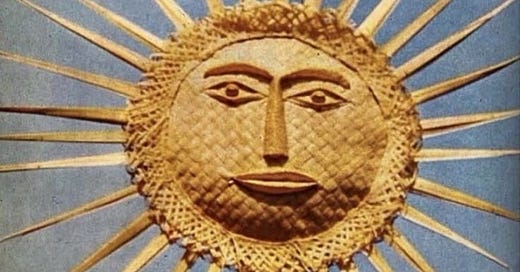



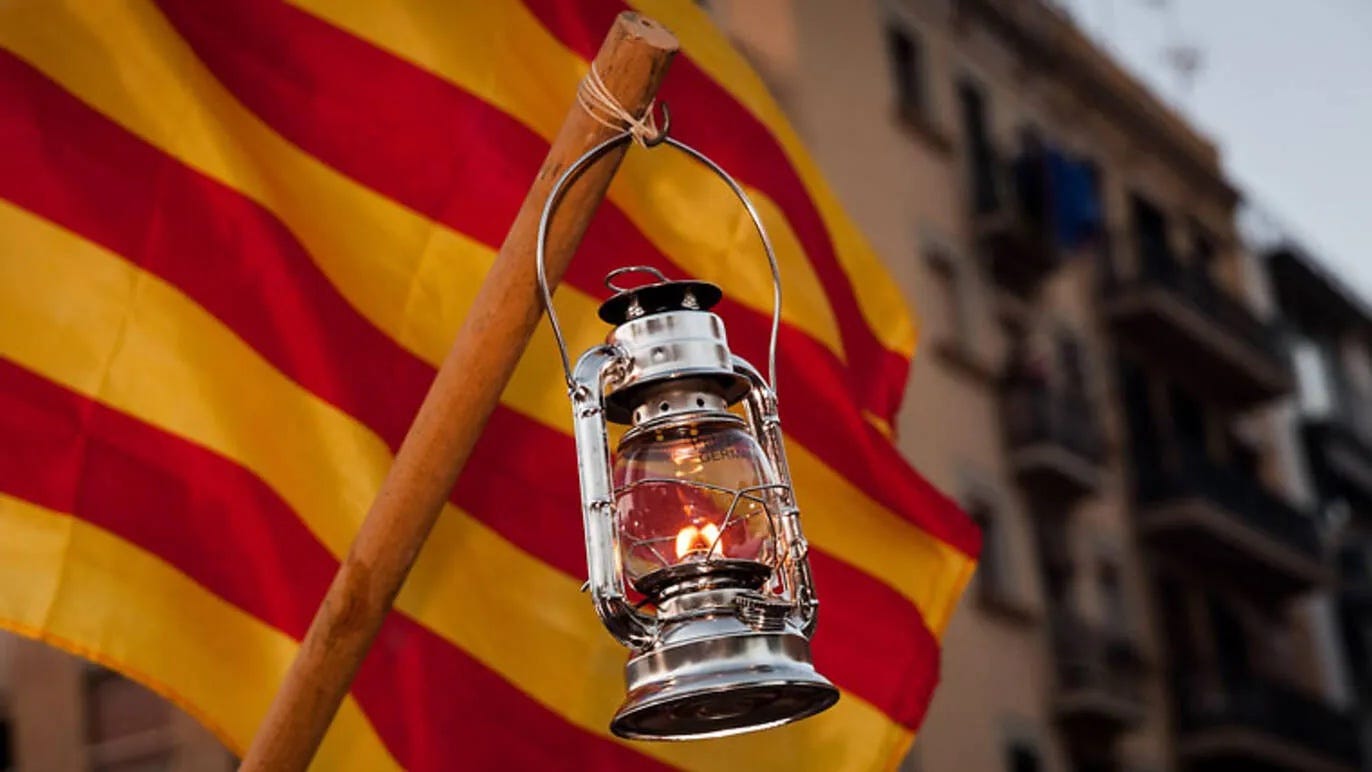


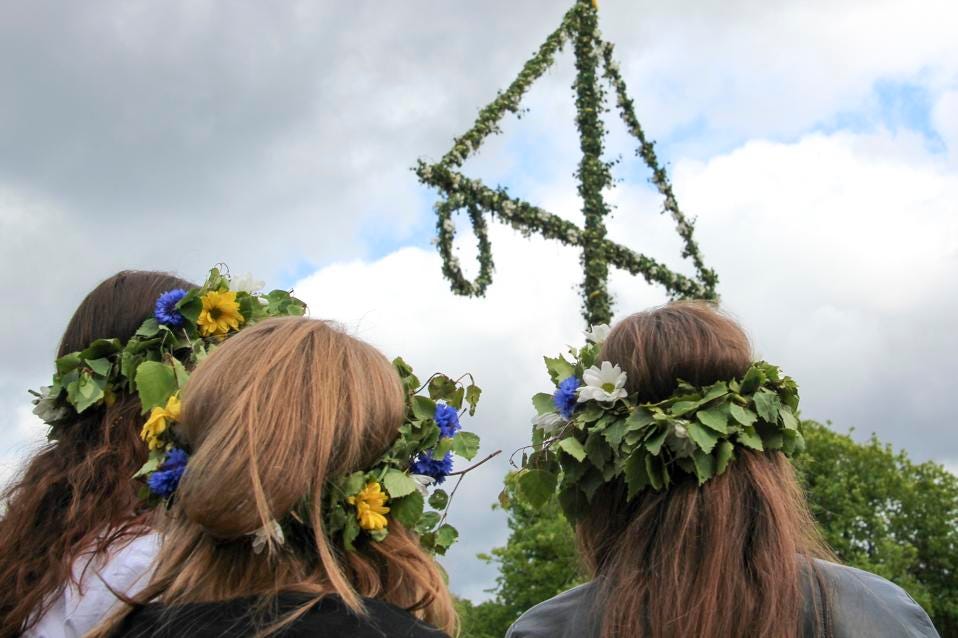



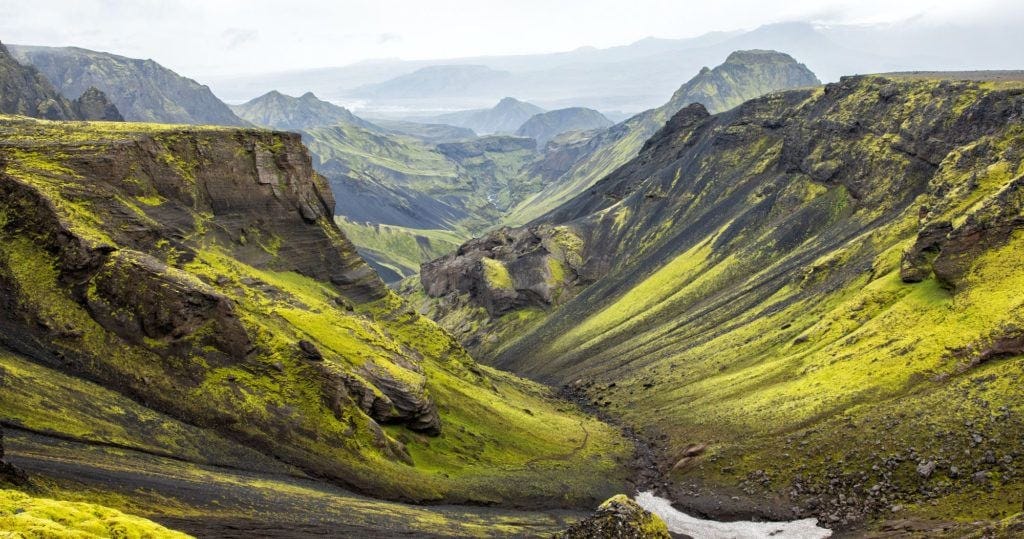

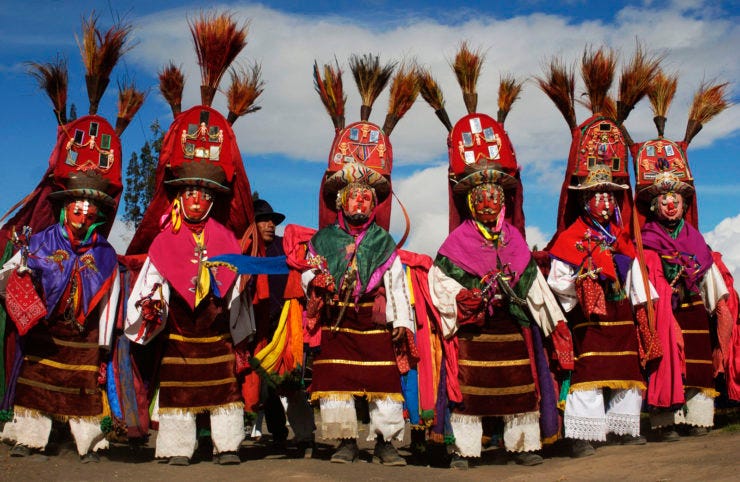



Lovely ☀️
These are fantastic! The Malta one with the light is pure James Turrell.